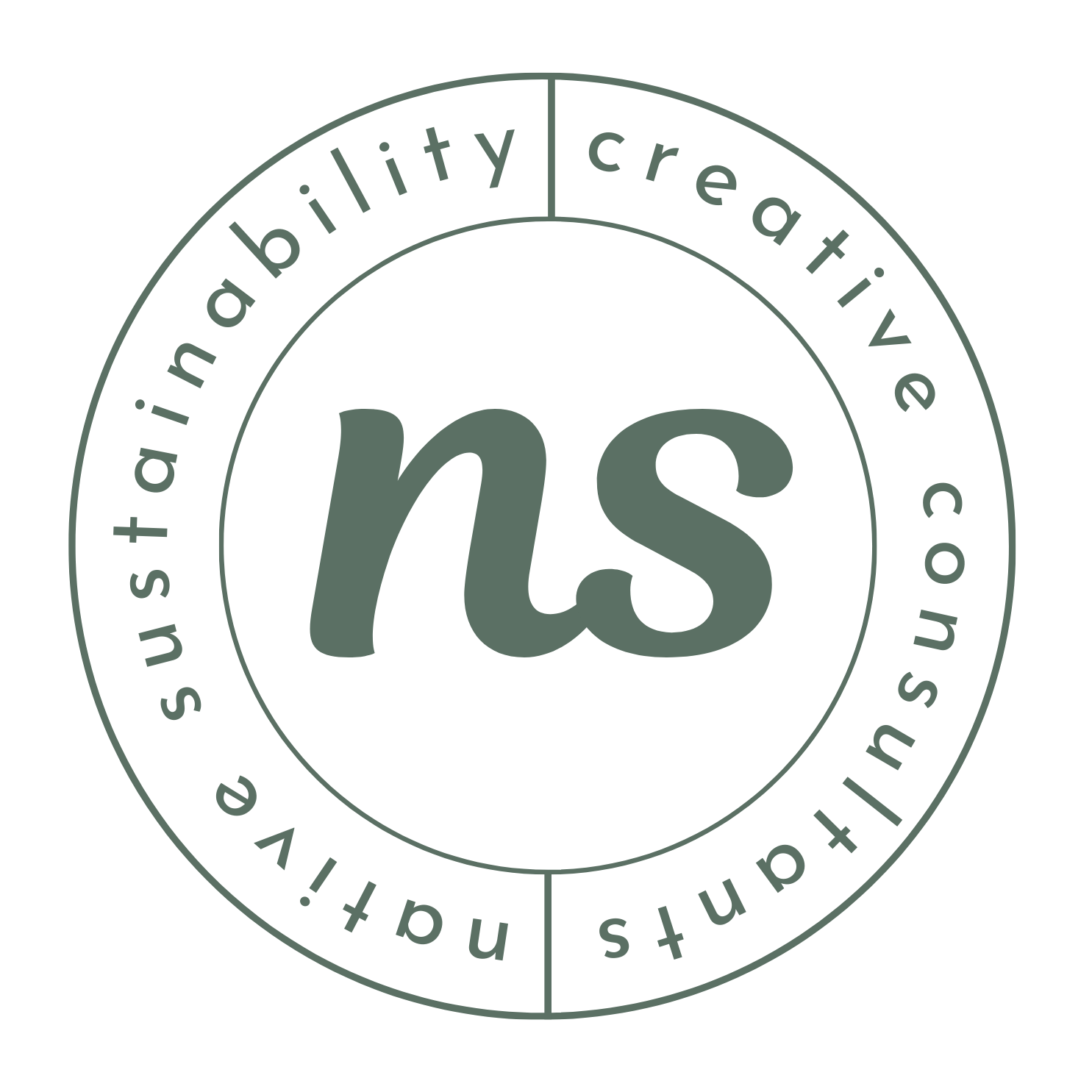I recently finished reading Edward Humes' "Garbology: Our Dirty Love Affair with Trash". Working in this industry, I was assuming it would cover a lot of information that I already knew. It did. But I was also blown away by several sections of this book.
In addition to siting the Environmental Protection Agency's 249.6 million tons of trash (in 2008), Garbology also pulled in research from Colombia University and the journal BioCycle, which has "more accurate, scientific surveys". This research reviews that we're sending "twice as much waste to landfills as the EPA's calculations let on, and recycling proportionately far less than the rosy official stats suggest", or 389.5 million tons.
We have to start getting trash out from behind the building. It's too easy for people toss their bags in and have no idea where it goes.
We are in denial about our dirty little secrets.Waste certainly isn't sexy. But there is so much potential to change the way we consume.
Be thoughtful about what you buy. Be thoughtful about how you dispose of things. Reuse and Repurpose as much as possible. And as a last resort, recycle and compost.
Read this book. Or several other good ones out that. Take a little time to be aware.


